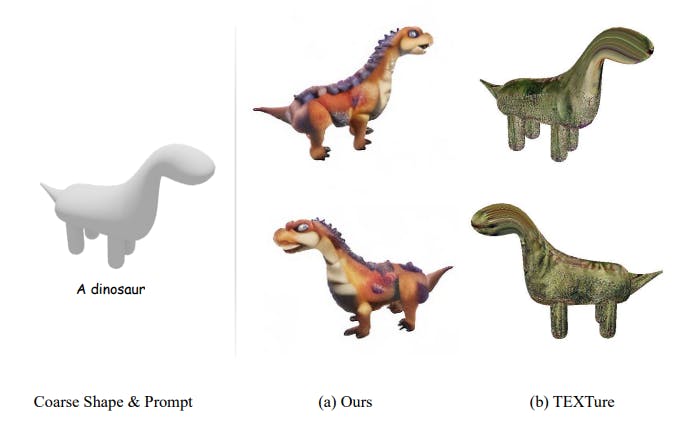These tiny creatures may be no bigger than your little finger, but scientists plan to start counting them from space.
Knowing how krill are faring in the oceans is important, because although they aren’t as famous as whales and penguins, they support all the rest of the food chain.
There are so many of them that the krill living in just Antarctica rival animals like humans and cows for the single species with the biggest overall biomass (the mass of all of them combined if you added them together).
It’s hard to say for sure how many are out there, though, because the oceans surrounding the South Pole aren’t exactly easy to do research in.
What’s more, they are vulnerable to climate change and over-fishing, leading to concern they are declining.
To learn more about these creatures, which look like tiny prawns, scientists are developing a new technique of peering down at the them from the sky, so they don’t have to actually catch them in a bucket and guess.

Krill have a red pigment, which makes the colour of water they are in look different due to the way the light interacts with them. It should therefore be possible to analyse the number in a section of water using satellite images. Rather than needing polar gear, people could even check up on populations from their living rooms.
WWF, the University of Strathclyde and the British Antarctic Survey (BAS) launched a new study yesterday to work out how well this will work. The idea was first announced in 2020, but has now got going in earnest, with Dr Cait McCarry from Strathclyde having just returned from an expedition to Antarctica where she was sampling live krill.
David McKee, of Strathclyde, said: ‘Ocean colour satellites have provided daily global monitoring of the world ocean since 1997. However, it is only very recently that we have been able to identify a signal associated with the pigment that turns krill red.
‘This is a ground-breaking effort to develop a new way to monitor krill swarms at the surface where they are known to occur in huge patches that are important feeding grounds for whales and other important marine species.’

Rod Downie, chief polar advisor at WWF-UK, said: ’These tiny, unsung heroes are the beating heart of the Southern Ocean, sustaining incredible marine life.
”They are the reason why humpback whales migrate thousands of miles every year to feed in the icy waters around Antarctica. And they are climate heroes too, playing a critical role in drawing down carbon from the ocean surface.
‘With sea ice declining and industrial fishing growing, we urgently need to better manage the fishery and protect krill habitats within a network of marine protected areas. ‘Krill from Space’ may give us a new tool to help monitor and safeguard this vital species.’
Krill are not the only Antarctic species being watched by an eye in the sky.
The British Antarctic Survey has already been tracking larger animals like walrus, penguins, whales and seals from space, and has started using AI to do the counting automatically.
Ordinary people can even join in by signing up to the Walrus from Space mass survey and help scour the satellite imagery to see how the animals are faring as climate change warms their home.
Get in touch with our news team by emailing us at [email protected].
For more stories like this, check our news page.
MORE: Volcano on ‘tormented’ moon has biggest ever 80,000,000,000,000-watt eruption
MORE: Man returns home after weeks away to find a surprising guest living under it
MORE: First picture of girl 17, mauled to death by shark at beach








